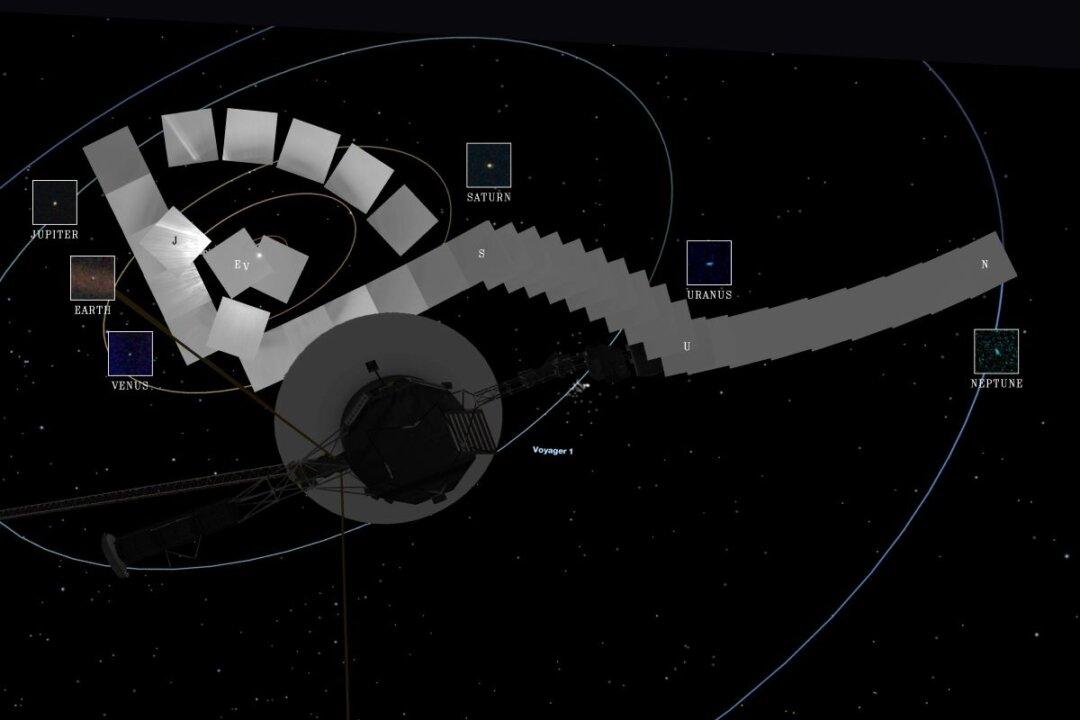In 1958, the National Aeronautics and Space Act founded the National Aeronautics and Space Administration (NASA). Its founding came at an opportune time, and not just because of the Space Race against the Soviets. An astrological phenomenon would take place in the next 20 years, and it was an event that took place once every 176 years. Interestingly, this phenomenon was only discovered years after the creation of NASA.
In January 1958, months before the creation of NASA, the Army Ballistic Missile Agency (ABMA) launched the first American-made satellite into orbit. The satellite, called Explorer 1, was designed, built, and operated by California-based Jet Propulsion Laboratory (JPL), and it went 1,563 miles. More Explorer satellites were launched in 1958, prior to the creation of NASA, and, even after its creation, JPL remained a vital partner in space exploration.






